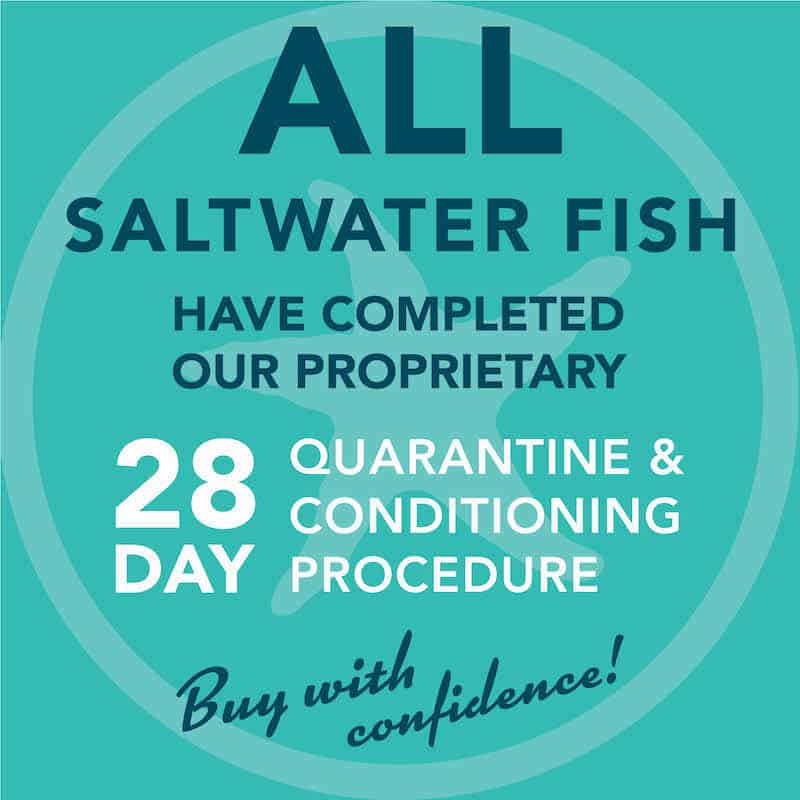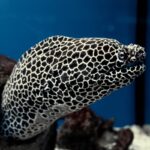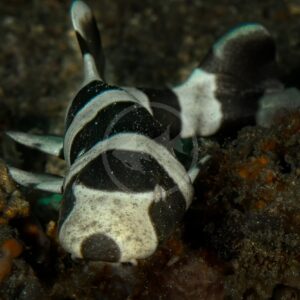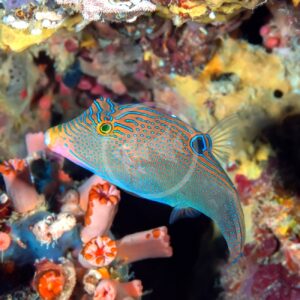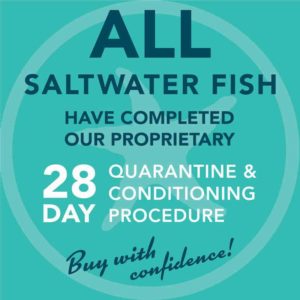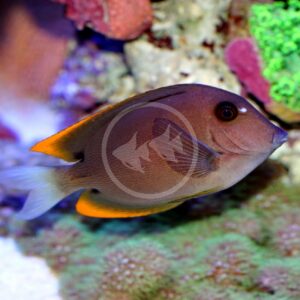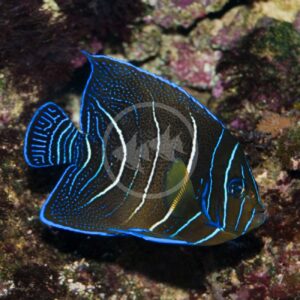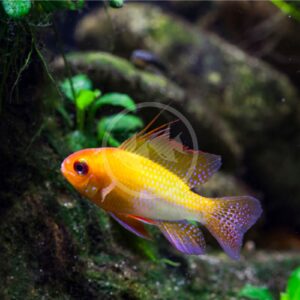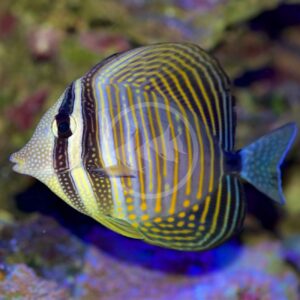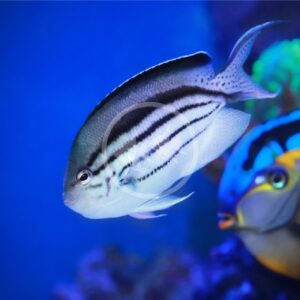Care Level: Advanced
Temperament: Semi-Aggressive
Reef Compatible: No
General Description: The Tesselata Moray Eel, also referred to as the Honeycomb Moray Eel, are found widely throughout coastal areas of the Indo-West Pacific Ocean. This is a popular species within the aquarium trade, however Tesselata eels are often sold as mere juveniles at 12″ or less. This eel species is truly a behemoth that is best left admired in the wild, public aquaria or to the few extremely dedicated aquarists that have the facilities to house an adult Tesselata eel. On average, an adult Tesselata eel in captivity can grow to 4 or 5 feet in length. In the wild, this eel can grow to 6 feet in length or longer. Their large adult size makes this eel a serious commitment in all aspects of aquatic husbandry (please see ‘Diet and Care Requirements’ below). The Tesselata eel is predominately a nocturnal predator, ambushing anything within the tank that will fit in its mouth. Because of this, it is one of the least trustworthy eels with most tank mates.
Diet Requirements: A diet largely consisting of frozen chopped or whole shrimp, scallops, mussels, squid, krill or silverside fish is recommended. Appropriate frozen food options will vary depending on the size of your specimen. Offering live prey items occasionally, such as fiddler crabs or any type of crustacean, is encouraged. We urge using a pair of forceps rather than your hands to feed eels in order to avoid getting bitten by accident. A Tesselata eel should not be fed on a daily basis; typically twice a week is appropriate.
Care Requirements: A minimum 125 gallon aquarium is ideal for a small Tesselata eel. The realistic accomodations for a Tesselata eel long term, or a more adult specimen, is an aquarium of at least 250 gallons or more. While eels are mostly “sedentary”, spending most of their time hiding among rock structures with only their head protruding out, the size alone of this species still warrants a proper aquarium size. A tight lid is absolutely required to avoid this eel from mistakenly coming out of the aquarium to its demise. This eel cannot be put into a biologically immature aquarium. Biweekly water changes are suggested to keep water parameters in good condition (Nitrates < 30 ppm). Equipping the aquarium with several canister filters, or a sump system, is also needed to maintain a healthier environment for this species and combat the amount of waste it produces. A Tesselata eel requires various arrangements of rock work and crevices to take refuge and conceal its body. Like most other eels, the Tesselata eel does not make for a good reef tank inhabitant. First, the Tesselata eel has poor eyesight and it may inadvertently damage corals as it moves around. Second, fish and crustaceans will almost always be eaten if the Tesselata eel can fit them in its mouth. And the third point is simply that this species just grows too large. A Tesselata eel would do best in a tank by itself, otherwise one can attempt to keep it with large growing fish species such as certain triggers, puffers, groupers, angelfish, and tangs. The Tesselata eel is not compatible with other eel species as it becomes more of an adult. Recommended water conditions, 72-78° F, KH 8-12, pH 8.1-8.4, salinity 1.020-1.025. *Eels are copper sensitive.
Purchase Size: Small: 6″ to 9″; Medium: 10″ to 17″; Large: 18″ to 24″ ; Extra Large: 25+”
Note: Your item may not look identical to the image provided due to variation within species. Purchase sizes are approximate.



